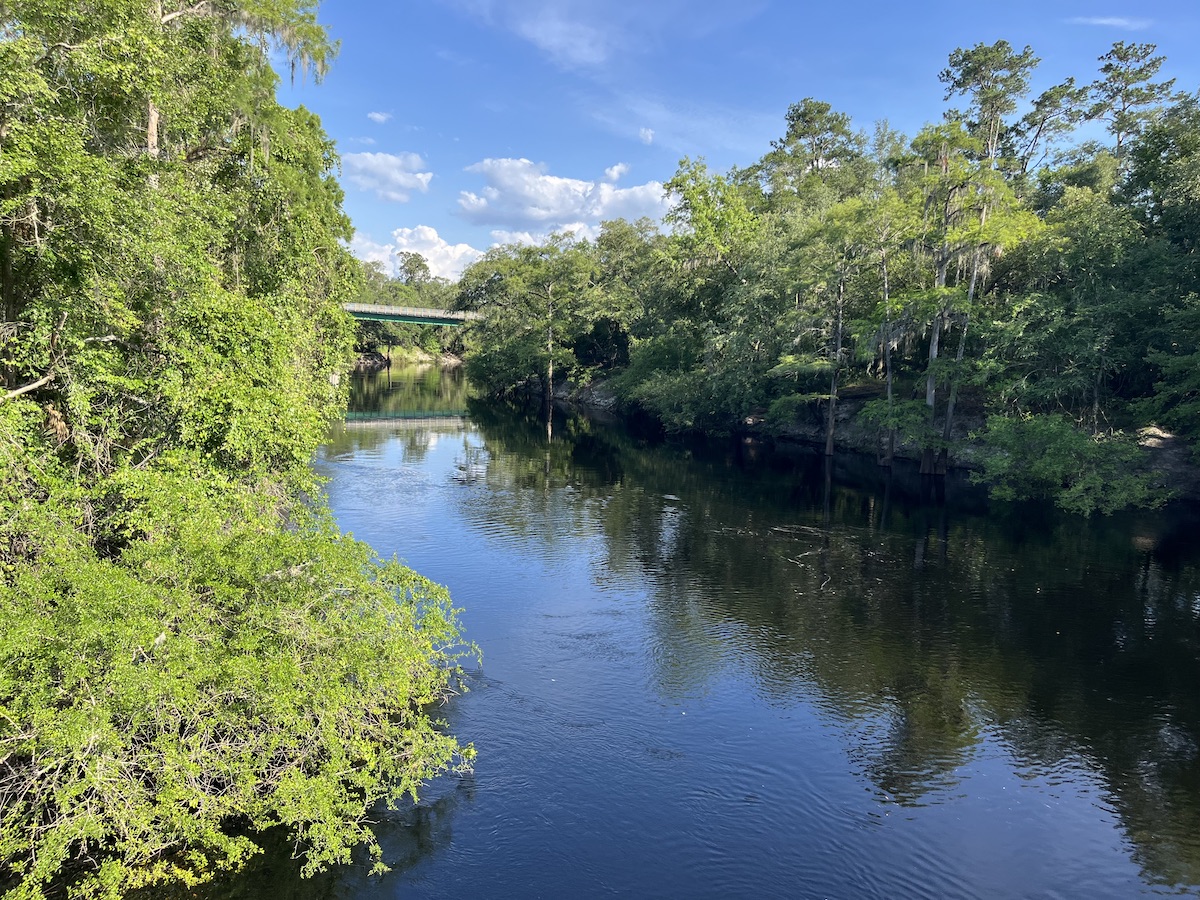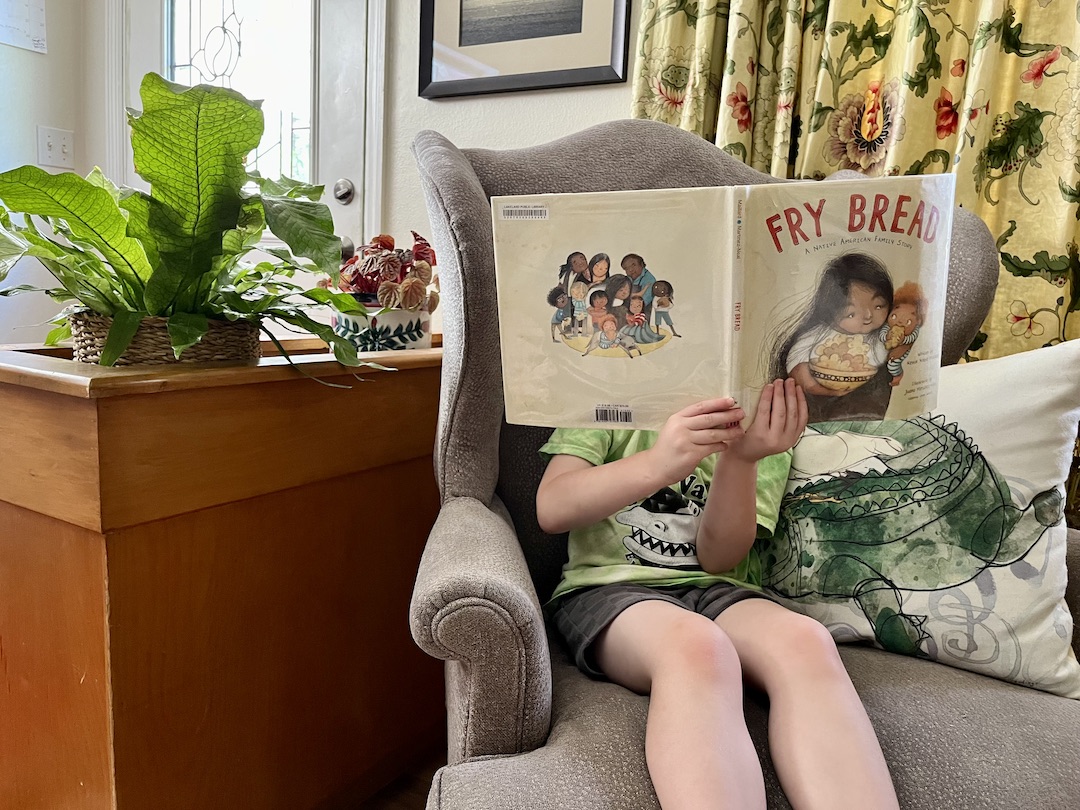
Socialite turned Friend of the Seminole: Ethel Cutler Freeman
Welcome back to a brand-new installment of our Seminole Snapshots series! This week, we explore the priceless and robust Ethel Cutler Freeman Collection. An amateur anthropologist with a keen interest in the Seminoles, Freeman worked for the American Museum of Natural History. Thirty years of photographs and papers tell the story of decades of connections between Freeman and the Seminole community of the Big Cypress Reservation.
As we mentioned in the Seminole Snapshots installment ‘Dear Friend’, this series is intended to highlight positive, truthfully taken, and non-exploitative imagery of Seminole and Miccosukee people throughout history. But, we stress that all people carry with them inherent biases and perceptions that are derived from their role and perspective. Freeman was passionate about Native rights and did her best to provide the most accurate portrayal of the people she counted as friends.
But, she was also at heart an anthropologist and her work was on the Seminoles, and not with the Seminoles. While exploring her work, like with Hanson, we encourage you to appreciate her impact and breadth of her collection, and what it does to preserve and uphold the Seminole story. But, at the same time, keep in mind her perspective, and the pitfalls of bias.
Our featured image this week shows Mrs. Ethel Cutler Freeman (right) with Mrs. Squirrel Jumper (Charlie Jumper’s wife) (Bear Clan), at Deep Lake. She was later identified as Lily Tommie Jumper by granddaughter Francis Walker on 6-29-12. 2005.27.1051, ATTK Museum. Below, you can see a shot of Mrs. Jumper in that same setting, taken by Freeman most likely only a few minutes before or after.

2005.27.1048, ATTK Museum
Ethel Cutler Freeman
Born in New Jersey in 1886, Freeman came to higher education and anthropology later in life. At almost 50 years old, and after raising three children, Freeman was convinced by friend Marcellus Hartley Dodge Sr. to apply for graduate studies at Columbia University. Freeman wanted to break from the norms expected of her as a socialite and mother, and “clear a ‘brain full of cobwebs.’”
Although initially studying philosophy, she would quickly change her interests to anthropology and Native cultures. Soon, she would hone those interests and find the Seminoles of Florida; the Big Cypress Reservation was close to her family’s winter home in Naples. She met Dr. Clark Wissler, then Curator of the Indian Division of the American Museum of Natural History. Wissler was supportive of her aspirations, but skeptical of her ability to gain entrance to the community. At the time, Seminoles were known for not being open to contact with outsiders.
Freeman would reach out to none other than W. Stanley Hanson Sr., who we have discussed on the blog previously. After vetting her thoroughly, Hanson agreed to make some introductions. The pair soon became friends, and Freeman would spend virtually every winter within the Seminole community after 1940. Additionally, she would bring her children and family to stay with her, living in a chickee on the Big Cypress Reservation. As time passed, Freeman would become known as an expert on Seminole culture, “which often placed her in the role of consultant to government agencies on issues dealing with Seminole and broader Native American concerns.”
She would go on to advocate for several Native communities, and act as a representative for the American Civil Liberties Union on the National Coordinating Committee for Indian Affairs, a member of the Indian Rights Committee for the American Civil Liberties Union, and also a member of the Hoover Commission for Reorganization of Government within the Bureau of Indian Affairs. Freeman died on July 14, 1972 at the age of 85.
The Ethel Cutler Freeman Collection at the Ah-Tah-Thi-Ki Museum
The Ah-Tah-Thi-Ki Museum holds a selection of photographs from Ethel Cutler Freeman, both of her and taken by her. A number are available to explore on the Online Collection. Many include personal notes from her on the people, places, dates, and objects that are depicted. This provides incredibly important provenience to the objects and is priceless when orienting them in a cultural and temporal context. Below, we will explore only a snippet of the Ethel Cutler Freeman Collection at the Ah-Tah-Thi-Ki Museum. We encourage you to explore beyond what is shared here, as the vast array of images are a fascinating look at a time of great change, growth, and upheaval for the Seminole Tribe of Florida.
People
Freeman’s work depicts a vast number of Seminoles, some identifiable and some not. These include some influential Seminole leaders, such as Josie Billie, Charlie Cypress, Ada Tiger, and more. Below, you can see a snapshot of Charlie Cypress at Silver Springs circa 1951.

2005.27.1103, ATTK Museum
Interestingly, Freeman’s work documenting commercial camps such as Musa Isle, Silver Springs, and the camps along Tamiami Trail was incredibly thorough. The images, along with her personal reflections, were liberally referenced by Patsy West in her book Enduring Seminoles. Through Enduring Seminoles, we also learn that Freeman directed W. Stanley Hanson Sr. and R. Carl Liddle to compile Trail Village data from Fort Myers to Miami in September 1936 (West 179). From this, we can see a more complete picture of the camps and commercial villages along the Tamiami Trail and beyond, which informed West’s own map (West 21).
In 1939, Ethel Cutler Freeman noted the difference between these Trail camps and the previous commercial camps such as Musa Isle and Silver Springs. She noted that “These villages are not temporary abodes or show places but are their real homes during certain seasons. Although the Indians have left their homes in the wilds to gain a living from tourists, these camps along the trail are not what you would expect. They live their lives independent of the white man who comes to look at them.” (West 178)

2005.27.39, ATTK Museum
Intermixed within these images are those of daily life, which are just as important to the record of the Seminole story as the Tamiami Trail data. Above, you can see Mrs. Corey Osceola and her two children sit on a chickee platform. The items around her would most likely be stored in the rafters at night to have a clear sleeping area on the platform.

2005.27.1327, ATTK Museum
Here, Elizabeth Buster Billie, mother of Mary Francies Billie and married to Johnson Billie beams outside of her new home on the Big Cypress Reservation, circa 1967. Interestingly, this image has a companion; Billie insisted on taking Freeman’s picture in front of the house as well, using Freeman’s camera.

2005.37.1334, ATTK Museum
Places
Although many of the photographs are portraits, Freeman took liberal shots of homes, buildings, agricultural features, stores, pastures, land improvement projects, and scenery. By documenting these snapshot moments, we can see the passage of time from then to now in many reservation spaces. This significantly adds to our understanding of Seminole history, the passage of time, and how development has shifted and changed. Below, you can see a snapshot of someone poling a canoe on the Dania Reservation in front of the Okalee Indian Arts and Crafts Village.

2005.27.1202, ATTK Museum
The Okalee Indian Arts and Craft Center opened in Spring 1960, and represented the Tribe’s first foray in to a formal, structured business venture. Freeman took this snapshot sometime in February or March 1960, most likely March 12, 1960 given the dates for corresponding photographs. These early images of this important Seminole space document a cultural, economic, and political shift for the Seminole Tribe of Florida.
Another example includes the image found below, which has been identified as Tribal Headquarters in Hollywood on Stirling Road. The building we know today is a far cry from this simple structure shot in 1960!

2005.27.1250, ATTK Museum
Cultural Changes
Freeman’s work and lens as an anthropologist is clear in the collection. Through her photographs we can see that she that she was particularly interested in cultural change, and how Seminoles and other Native cultures resisted or adapted to contact with modern society. In fact, the bulk of her professional publications speak to this interest and point to the Seminole and Miccosukee as examples of differing degrees of acculturation. An example is her documentation of Seminole houses and home sites.
Freeman took images of a wide variety of homes and camps. These range from traditional chickees with platforms and star fires, to transitional homes and even modern style houses. Freeman’s work over these decades bears witness to an incredibly transitional time for the Seminole community. Not only do these images span the transition to federal recognition, but they also depict the cultural shifts that occurred in tandem. Although traditional chickees and camps remain ever-present, we see a distinct change toward more modern amenities such as modern houses, metal roofs, and beds instead of platforms. Below, an image taken on the Big Cypress Reservation in 1960 shows a chickee with canvas enclosing each side.

2005.27.1307, ATTK Museum
Textiles
In addition to images, the Ah-Tah-Thi-Ki Museum also cares for twelve Seminole patchwork textile objects, which were owned by Freeman. In the early 2010s, Nancy Niles Faesy and her daughter Margaret Faesy MacKenzie donated the objects to the Ah-Tah-Thi-Ki Museum. The granddaughter and great-granddaughter of Freeman, they told the Museum that “Seminole Tribal members made these textiles and then gave them to Ethel Cutler Freeman, who in turn gave many to members of her family.”
In her donation letter, Nancy Niles Faesy wrote that she felt “her grandmother would be pleased that these textile gifts have been returned to the Seminole Tribe of Florida.” The objects include women’s and girls’ skirts, a women’s matching sleeveless blouse and skirt, and men’s and boys’ jackets. This includes the skirt below. The maker is unknown.

2011.18.5, ATTK Museum
The Ethel Cutler Freeman Papers
Outside of the Ah-Tah-Thi-Ki Museum, the National Anthropological Archives holds the bulk of Ethel Cutler Freeman’s published works, notes, letters, and other personal papers. Her personal papers include correspondence with not only other notable people in her field, like Frances Densmore, but also various Seminole leaders like Josie Billie. These were donated to the Smithsonian after her death by her son Leon Jr. and span from 1934 to 1972. Although not available online, interested parties can make an appointment with the National Anthropological Archives.
The Smithsonian also holds a handful of objects donated from her personal collection. These include two Seminole dolls: one female and one male, and a woman’s patchwork skirt and cape. You can view these objects online.
It would be impossible to outline the true breadth of Freeman’s work in a single blog post. Over the course of decades, she collected, curated, and compiled a priceless collection of work on the Seminoles of Florida. Through the material left behind, we can piece together incredibly clear images of the people, cultural changes, political sphere, and economic and social pressures on the community of the time. We encourage you to explore this unparalleled collection further on your own; you won’t regret it!
Interested in more of our Seminole Snapshots series? Previously, we have looked at the works of Julian Dimock, Irvin M. Peithmann, William Boehmer, John Kunkel Small, JJ Steinmetz, and W. Stanley Hanson Sr.
Additional Sources
West, Patsy. The Enduring Seminoles: From Alligator Wresting to Casino Gaming, Revised and Expanded Edition. 2008. University Press of Florida. Digital.
Author Bio
Originally from Washington state, Deanna Butler received her BA in Archaeological Sciences from the University of Washington in 2014. Deanna moved to Florida in 2016. Soon, she began working for the Seminole Tribe of Florida’s Tribal Historic Preservation Office. Deanna was the THPO’s Archaeological Collections Assistant from 2017-2021. While at the THPO, Deanna worked to preserve, support, and process the Tribe’s archaeological collection. She often wrote the popular Artifact of the Month series and worked on many community and educational outreach programs. She lives in Lakeland, FL with her husband, two sons, and dog.



